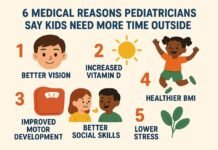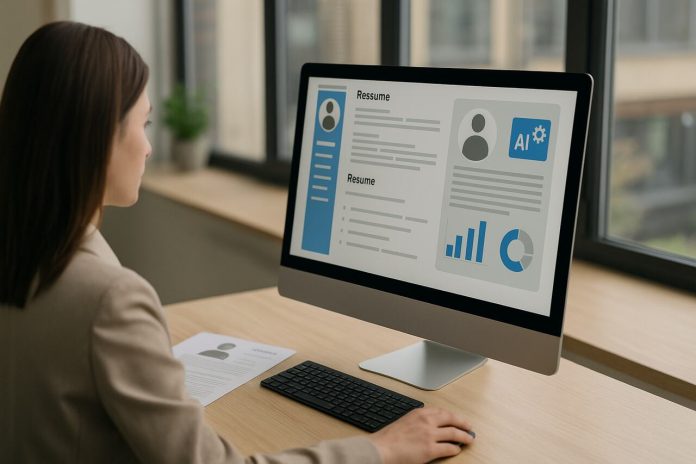Key Takeaways
- Applicant Tracking Systems (ATS) transform recruitment by optimizing job posting, screening, and candidate management.
- ATS leverages automation, AI, and analytics to speed up hiring and improve the quality of candidates selected.
- Emerging technologies and trends are influencing the continued evolution and effectiveness of ATS platforms.
- Challenges include data privacy, potential bias, and integration complexity, requiring thoughtful implementation.
Understanding Applicant Tracking Systems
Applicant Tracking Systems have become essential tools for organizations navigating today’s competitive job market. These platforms are designed to simplify and optimize the entire recruitment lifecycle, from posting job ads to onboarding new hires. An ATS automates much of the manual work involved in hiring, allowing recruiters and hiring managers to focus on strategic decision-making and candidate engagement. A central feature that sets top systems apart is their ability to provide actionable data—often summarized in a detailed applicant tracking system scorecard—to help teams evaluate and improve their processes over time.
At its core, an ATS is a software application that facilitates the management of applicants and job openings. It does this through several key features:
- Job Posting and Distribution: Companies can publish job listings across multiple channels to broaden their reach.
- Resume Parsing and Screening: Automatically extracts data from resumes to match candidates to the right roles more efficiently.
- Candidate Management: Centralizes applicant data and tracks progress throughout the hiring stages.
- Workflow Automation: Streamlines repetitive tasks such as interview scheduling and notifications.
- Analytics and Reporting: Provides insights into sourcing effectiveness, process bottlenecks, and recruiter performance.
The Impact of ATS on Recruitment Efficiency
Adopting an ATS is a proven way for companies to accelerate recruitment and enhance their results. Automation eliminates tedious manual tasks, reducing time-to-hire and minimizing human error. Instant data access empowers recruiters to identify promising candidates early, while communication templates and scheduling tools improve applicant engagement.
Importantly, companies using ATS often see a marked improvement in their hiring outcomes. Comprehensive scoring and filtering strategies help identify candidates whose skills align closely with organizational needs, supporting higher-quality placements and reducing turnover rates. In some studies, most HR professionals report faster hiring and better fit after introducing ATS technology.
Feedback and communication are streamlined, giving candidates a more positive, transparent experience from application to offer. This is increasingly vital as reputation and employer brand play greater roles in attracting talent.
Integration with Emerging Technologies
Today’s leading ATS solutions are keeping pace with rapid technological advances, incorporating features that weren’t possible only a few years ago. Artificial Intelligence (AI) now drives many systems’ resume screening and candidate assessment capabilities, using machine learning to identify prospects that might otherwise go unnoticed. AI can also power predictive models to help companies forecast hiring needs, anticipate turnover, and measure the likely impact of process changes. Enhanced data analytics provide deeper insights into candidate demographics, sourcing performance, and conversion rates.
Mobile optimization is another transformative trend. With more applicants searching and applying for jobs on their phones, ATS vendors are reshaping user interfaces and workflows to be mobile-first. This flexibility means recruiters and hiring managers can act quickly—anytime, anywhere—to keep top candidates engaged and avoid losing them to competitors.
Challenges and Considerations
The benefits of ATS are significant, but organizations must be alert to potential challenges. Candidate data privacy is a top concern, especially under stringent data regulations like GDPR and CCPA. Companies must ensure all personal information is stored and processed securely, with clear policies on retention and access.
AI bias presents another risk. When AI models aren’t trained on diverse, representative datasets, they can inadvertently reinforce existing biases or screen out qualified candidates. Ensuring ethical and transparent algorithms is key to fair hiring practices.
Seamless integration is also critical. If an ATS doesn’t connect with payroll, onboarding, or HRIS systems, administrative burdens can resurface and limit the value of automation. Proper planning, configuration, and ongoing evaluation are crucial to successful implementation.
Future Trends in Applicant Tracking Systems
The ATS landscape is set for continued innovation. AI-driven video recruiting tools are beginning to assess candidates not just on words, but also on tone, body language, and micro-expressions, offering new insights into soft skills and cultural fit. Blockchain technology promises greater accuracy and transparency in resume and credential verification, helping prevent fraud and accelerating background checks.
In addition, advanced predictive analytics are enabling companies to plan more proactively. By analyzing internal mobility, market changes, and workforce trends, businesses can forecast hiring needs months or years in advance and build a talent pipeline accordingly.
Conclusion
Applicant Tracking Systems stand at the heart of modern recruitment, powering organizations to hire smarter, faster, and more fairly. By leveraging automation, advanced analytics, and emerging technologies, ATS solutions are shaping the future of talent acquisition. Addressing challenges such as data privacy, AI bias, and integration complexity will ensure these platforms remain drivers of efficiency and positive candidate experiences, now and moving forward.













